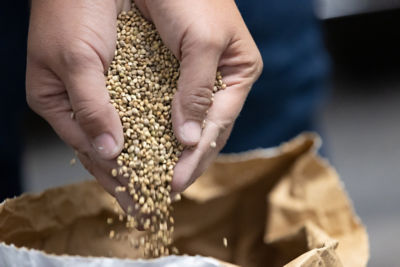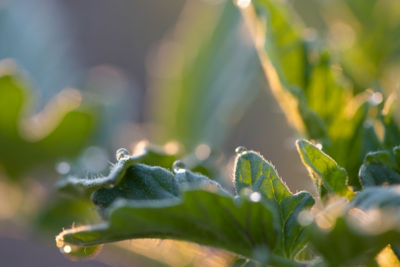Causal Agent
Cuscuta species
Distribution
Worldwide
Symptoms
Dodder is a whitish-yellow parasitic plant that lacks chlorophyll, leaves and roots, and therefore must derive its nutrients from other plants. It first becomes noticeable as a yellow thread-like vine that winds around the stem and branches of the infected plant. Later, it can spread down the row, covering other plants with a mass of vines and giving a yellowish color to the affected area of the field. Dodder produces small, inconspicuous flowers (often white), which mature and produce thousands of small seeds. When the seed germinates, the emerging vine twists in a counter-clockwise fashion until it comes into contact with its host. Attachment to the plant is by sucker-like projections (haustoria}, through which the dodder extracts nutrients from its host plant.
 Dodder and bindweed infestation in processing tomato field.
Dodder and bindweed infestation in processing tomato field.
Conditions for Development
Dodder has a very wide host range, including many weed and crop species, and its seed can survive in the soil for up to 10 years. Dodder seeds can be spread on cultivation equipment and in irrigation water between and within fields. Conditions favorable for tomato plant growth also favor dodder growth and parasitism.
Control
Removal and destruction of dodder along with infected plants reduces subsequent spread by seed. Herbicides, either contact or pre-plant, along with crop rotation can help reduce losses from dodder parasitism.




